Reducing logistics costs: A solution for competitiveness and attracting import-export goods
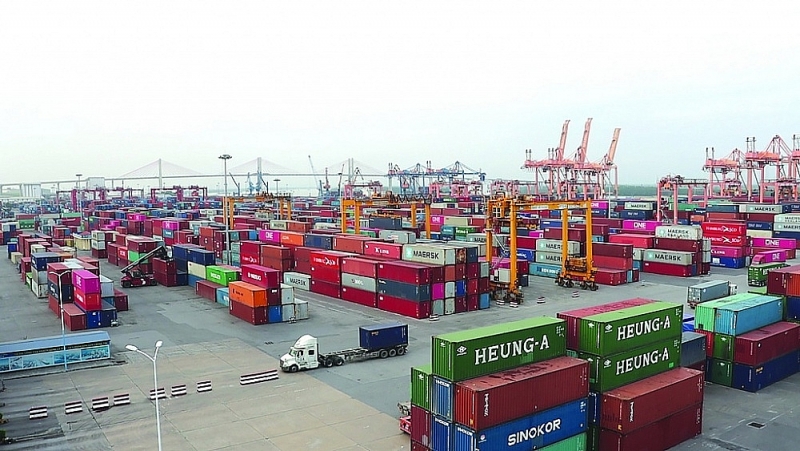 |
| The Vietnamese logistics sector has limitations in terms of scale, technology, and competitiveness. In photo: import-export activities at Hai Phong port area. Illustration photo: Thái Bình |
Many problems remain
The domestic logistics industry has many problems that need to be improved; the logistics real estate market remains fragmented, lacking connectivity and consistent planning; logistics costs are high, and most companies are small-scale, heavily reliant on road transport. These are some of the challenges discussed by experts at the 2024 Vietnam Logistics Conference held recently in HCM City.
In key agricultural export regions like the Mekong Delta, port systems, particularly deep-water ports, still do not meet demand, forcing goods to transit through larger ports such as HCM City and Ba Ria-Vung Tau, which strains infrastructure and increases transportation costs.
| In 2023, Vietnam's logistics market was valued at approximately US$40 billion and is expected to continue growing at an annual rate of 14-15% through 2025. Currently, the sector contributes about 4-5% of GDP and provides direct employment for over one million people. |
Tran Thanh Hai, Deputy Director of the Import-Export Department under the MoIT, noted that Chinese imports are competitively priced in Vietnam due to low logistics costs. “If Vietnamese logistics companies can't close this gap, domestic industries will struggle to survive,” he warned.
According to Hai, the development of logistics centers in Vietnam has been relatively fragmented and spontaneous. Current logistics centers primarily serve the domestic market, with simple infrastructure.
“We still lack large, specialized, modern centers that impact the market and connect localities and logistics companies, such as major agricultural logistics hubs and large cold storage facilities for storing and distributing goods to supermarkets and retail chains. These would also add value to export goods,” he added.
Assessing this situation, Deputy Minister of Planning and Investment Do Thanh Trung identified four key weaknesses that need addressing in the logistics sector.
First, there is a lack of cohesive and comprehensive policies and a legal framework for the industry.
Second, there is a shortage of transshipment ports integrated with airports and financial hubs. Currently, Vietnam only has 300 - 350m long wharves, but in the future, wharves several kilometers long will appear, so there is a need for transshipment ports connected to the export processing zone and a modern transportation system.
Third, logistics companies are relatively young and lack competitiveness.
Fourth, investment in human resources remains insufficient and has not kept up with trends in digital transformation.
From a business perspective, Cao Hong Phong, Deputy General Director of Gemalink (a Gemadept subsidiary), emphasized the need for infrastructure to link ports with other transport systems like roads, rail, and air to create an efficient logistics network. For example, public investment in inland waterway infrastructure accounts for only 2% of the budget, although it contributes to 20% of freight volume.
Digital transformation – The “key” to breakthroughs
In the logistics sector, many business leaders recognized digital transformation as an effective way to reduce costs and propel the industry forward.
In early 2024, Viettel Post, a subsidiary of Viettel Corporation, introduced autonomous robots to their 32,000-square-meter sorting center in Quang Minh (Me Linh, Hanoi). With 200 autonomous robots (AGVs) sorting lightweight parcels at a speed of 2 meters per second, Viettel Post has boosted productivity in sorting by 20-30%, according to Deputy General Director Dinh Thanh Son. “Express delivery is highly competitive, and this competition has accelerated digital transformation in the sector, reducing service costs by 40% over the past three years,” he noted.
Bao Tin Logistics (PPL) has invested in specialized European transport equipment to handle oversized components, such as offshore wind turbine bases, turbines, and transformers.
Since the start of the year, PPL has invested in 84 of the world’s most advanced SPMT modules for oversized cargo transportation, anticipating the needs of the renewable energy sector. PPL is also providing specialized training and technology transfer to further enhance its capabilities.
Gemalink, one of the largest port operators, is also actively integrating technology into its port operations. Deputy General Director Cao Hong Phong emphasized that digital transformation was not just a trend but essential for sustainable growth.
According to Phong, digitization and automation are crucial in optimizing processes, reducing costs, improving service quality, protecting the environment, and contributing to national economic progress. However, a smart port model requires collaboration across the entire supply chain, including port operators, customers, partners, and suppliers.
Do Hoang Phuong, Chairman and CEO of Bao Tin Logistics, added that digital transformation enabled process automation, from fleet management to route tracking and logistics optimization. This not only reduces transportation time, minimizes waste, and ensures timely deliveries, but also enhances transparency and simplifies project progress tracking. These factors increase trust from customers and partners, positioning the company as a leader in sustainable logistics.
| Do Thanh Trung, Deputy Minister of Planning and Investment: Four key tasks to implement The question is how Vietnamese logistics companies can adopt new technologies, leverage the country’s available potential, and seize external opportunities to compete effectively domestically and internationally, thus allowing Vietnam’s logistics sector to reach its full potential. To achieve this, we believe that ministries, sectors, and localities, along with businesses, need to collaborate on implementing four key tasks and solutions: First, regarding policy mechanisms, the government should continue refining mechanisms, policies, and legal frameworks for logistics services and support policies for logistics companies, while further streamlining administrative procedures. Second, regarding infrastructure development, efforts should focus on improving logistics infrastructure, including transportation and logistics networks. This involves reviewing infrastructure plans to ensure system connectivity and alignment with strategic plans for industrial, agricultural, and export-import production, as well as with the socio-economic development strategy. Third, regarding human resources development, there needs to be close coordination among central agencies, local authorities, universities, vocational schools, and companies to identify labor needs and ensure suitable education and training. Fourth, regarding corporate competitiveness, logistics companies must enhance their competitiveness through digital transformation, technology investment, and building a high-quality workforce adept in new technologies. Additionally, they should pursue partnerships, joint ventures, and mergers and acquisitions to create stronger, more capable enterprises. Bui Thien Thu, Director General of the Inland Waterway Department: Promoting regional connectivity Our transportation infrastructure is gradually being completed, encompassing diverse logistics support networks, including waterways, 37 seaports, about 595,000 km of roads (including expressways and railways), and over 1,000 vessels for both nearshore and deep-sea shipping. Our inland waterway network spans over 17,000 km, effectively supporting socio-economic activities alongside other transport infrastructure. Thanks to infrastructure development, logistics costs have been steadily decreasing, from previously over 20% of GDP to around 16.8-17% today. To accelerate logistics development, inter-industry and inter-regional connectivity is crucial, as well as a coordinating leader to drive transformation in logistics thinking, awareness, and actions. Ministries like the Ministry of Industry and Trade and the Ministry of Planning and Investment have done commendable work, but stronger collaboration could drive further growth in logistics. Yoshihiro Wake, Director of International Market Development, ABeam Consulting: Improving delivery times In Japan, logistics networks are highly developed, enabling next-day deliveries. However, delivery times remain a significant challenge in Vietnam. Technology adoption and digital transformation are essential to improve delivery times and reduce costs. When discussing logistics centers, it’s not only about sustainability but also the need for efficiency, so customers receive goods as quickly and conveniently as possible, which is essential. "We have developed key applications in Vietnam aimed at optimizing transportation strategies, enabling customers to constantly adapt and refine their operations to suit the environment." To address the challenges posed by the distributed nature of logistics centers and the rapidly evolving business environment, ABeam Consulting has developed a digital twin that helps clients analyze data and determine the best methods for reducing operational costs. This digital twin constantly monitors and adapts to meet changing market conditions, which is especially relevant in Vietnam's fast-paced environment. Cao Hong Phong, Deputy CEO of Gemalink: Policy support needed for businesses Developing smart, sustainable ports is a long-term process that requires businesses to have a clear strategy, roadmap, and appropriate investment. Additionally, government support, assistance from relevant authorities, and cooperation from stakeholders are essential to achieving this goal. Businesses should focus on creating a roadmap that aligns with their current conditions, resources, and sustainable development goals. This is crucial. From the regulatory perspective, companies need support and facilitation from the government and related agencies, especially through policy assistance. This includes reducing barriers, simplifying procedures, lowering fees, providing tax incentives, and offering financial support, such as concessional loans and financial aid packages for green investments. Additionally, a complete legal framework promoting green investment would foster a stable business environment. Tran Thanh Hai, Deputy Director of the Import and Export Department (MoIT): Infrastructure connectivity and cost reduction The key to reducing logistics costs is to accelerate the connectivity of transportation infrastructure and invest in developing logistics centers, dry ports, and multimodal transportation. Infrastructure is a critical factor for the development of the sector. Many major projects have been built; for example, Vietnam now has a privately-invested airport. Vietnam also has three seaports in the world's top 50 largest ports, several new expressways, and upcoming plans for high-speed rail investment. Alongside transportation infrastructure, warehousing has also advanced. Recently, the number of warehouses has significantly increased, now equipped with modern, automated technology and with higher handling capacity. This is our "hard infrastructure." Soft infrastructure, such as information technology, human resources, and the legal environment, is also being developed. Together, these elements form a comprehensive support system that enables logistics companies to conduct their operations effectively. |
Related News
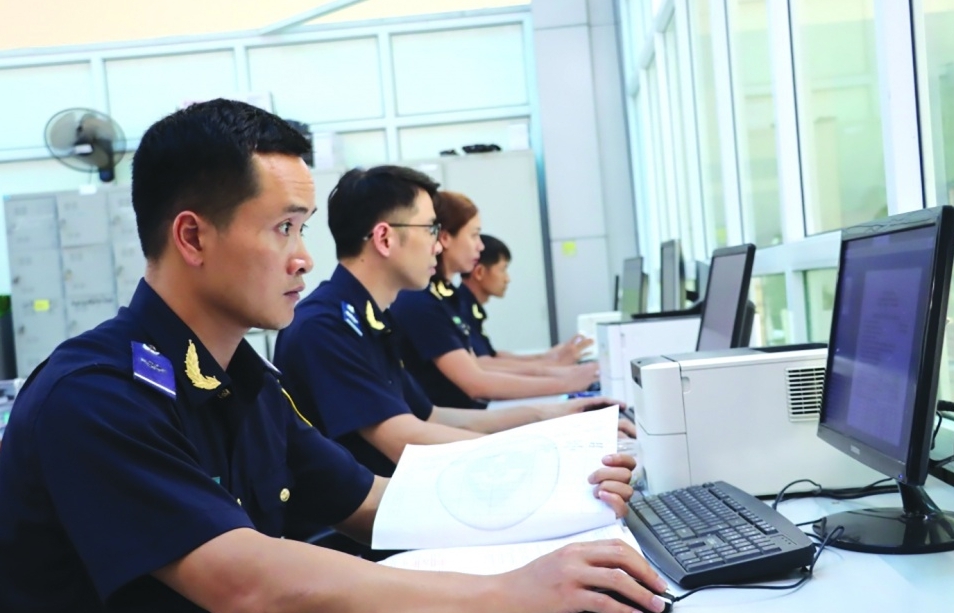
Customs modernization: From VNACCS to Digital Customs: Part 3: Part 3: Comprehensive digital transformation in customs field
15:30 | 31/12/2024 Customs
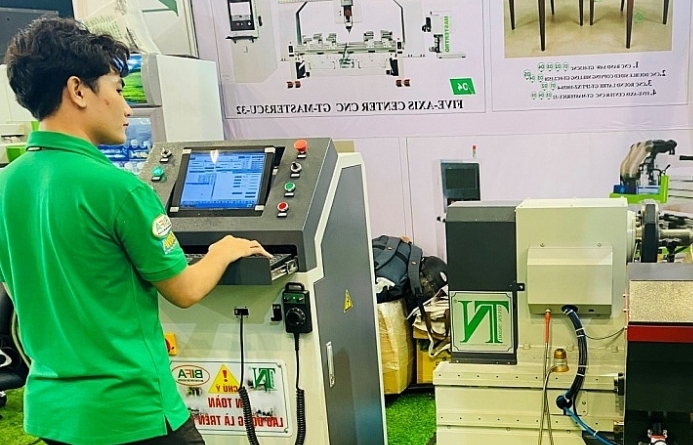
Removing “bottlenecks” for digital transformation in industrial production
10:00 | 17/12/2024 Import-Export

Border gate planning: Issues for Lang Son
10:02 | 17/12/2024 Headlines

Actively listening to the voice of the business community
09:39 | 12/12/2024 Customs
Latest News

Embracing green exports: a pathway to enter global supply chains
10:33 | 20/02/2025 Import-Export

New policy proposed to prevent transfer pricing, tax evasion of FDI enterprises
10:32 | 20/02/2025 Import-Export

Việt Nam’s durian exports to China plummet by 80%
16:18 | 19/02/2025 Import-Export
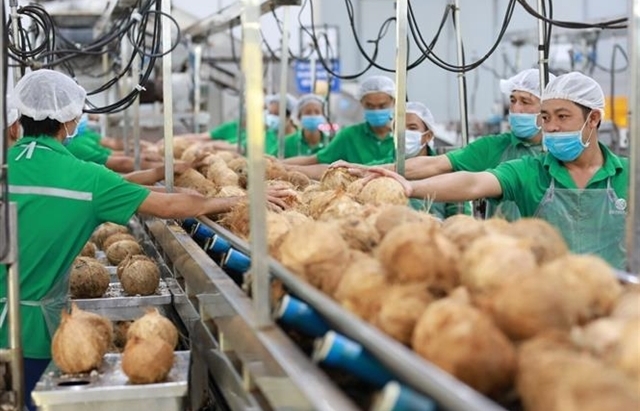
Coconut exports reach 14-year high
15:29 | 18/02/2025 Import-Export
More News

Shrimp exports grow in the first month of 2025
15:28 | 18/02/2025 Import-Export
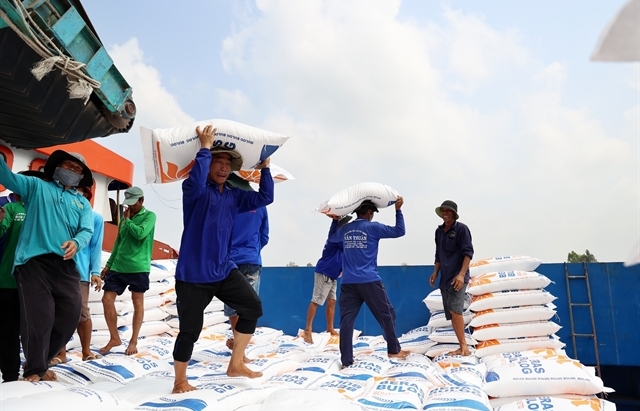
Rice export prices drop, but decline expected to be short-term
08:10 | 17/02/2025 Import-Export
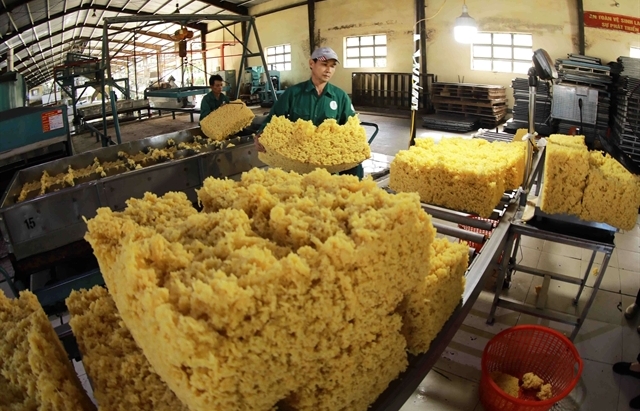
Key agro products expected to maintain export growth this year
08:08 | 17/02/2025 Import-Export
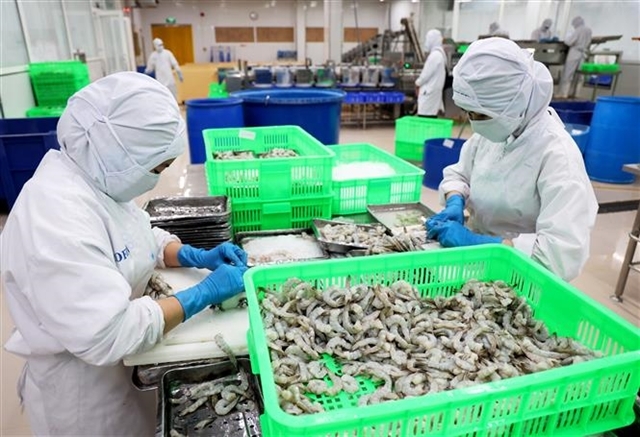
EU issues 12 warnings against Việt Nam’s food and agricultural exports
08:07 | 17/02/2025 Import-Export
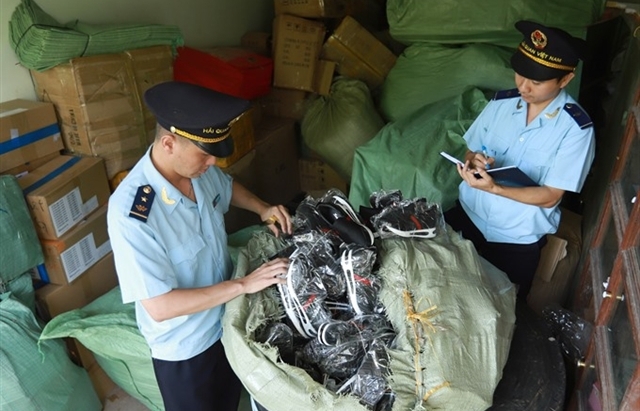
Việt Nam to impose VAT on low-value express-imported goods
08:06 | 17/02/2025 Import-Export

Exchange rate risks need attention in near future
16:31 | 15/02/2025 Import-Export
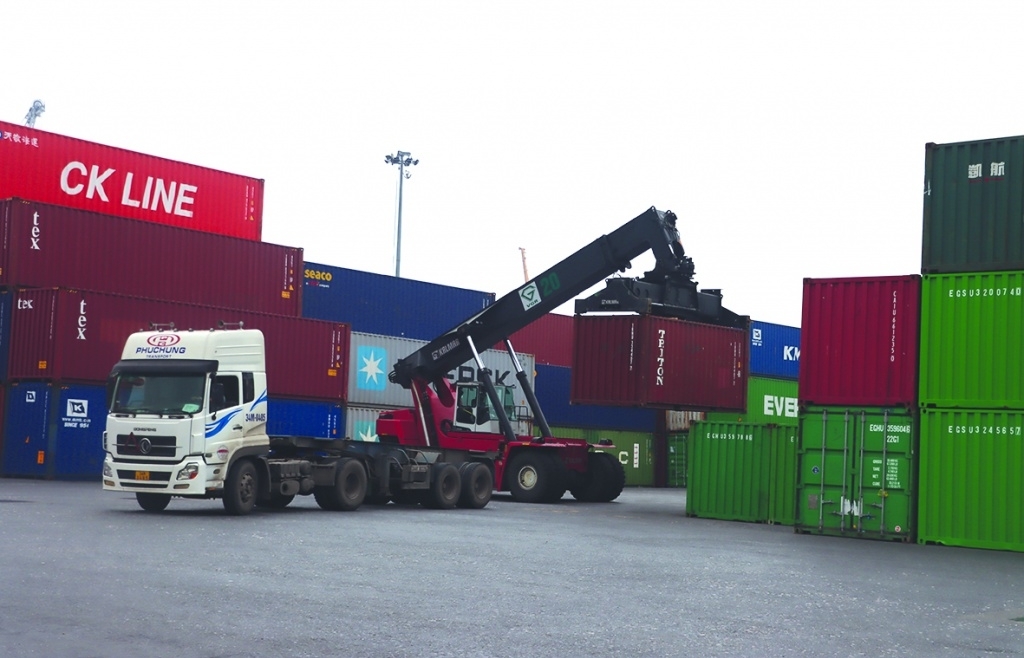
Vietnam kicked off the year with a strong start in trade, exceeding US$63 billion in the first month
16:30 | 15/02/2025 Import-Export
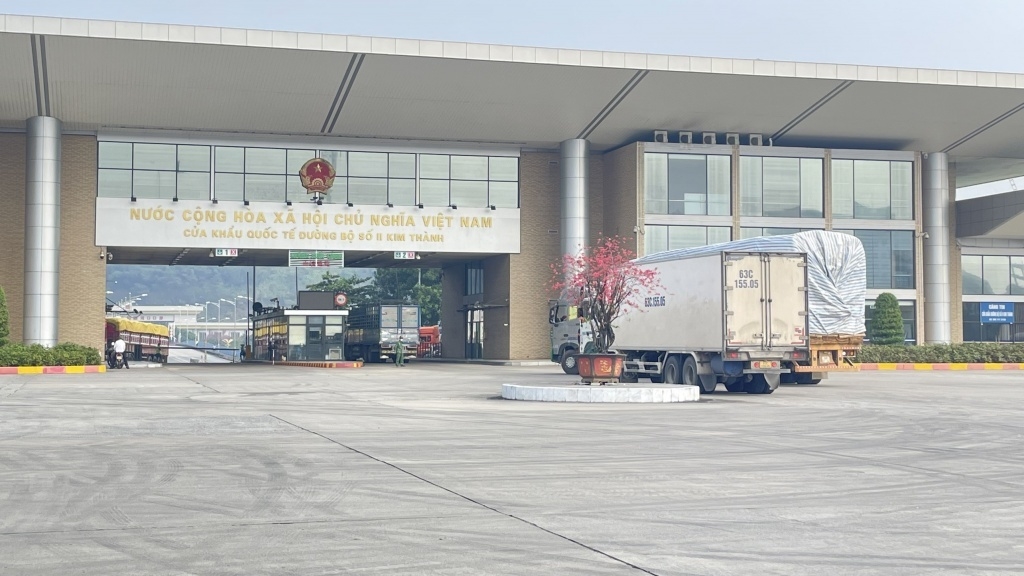
Import and export turnover reaches about US$29 billion in the second half of January 2025
14:52 | 14/02/2025 Import-Export

Market edges up slightly as liquidity remains low
14:48 | 14/02/2025 Import-Export
Your care
The system has not recorded your reading habits.
Please Login/Register so that the system can provide articles according to your reading needs.

Embracing green exports: a pathway to enter global supply chains
10:33 | 20/02/2025 Import-Export

New policy proposed to prevent transfer pricing, tax evasion of FDI enterprises
10:32 | 20/02/2025 Import-Export

Việt Nam’s durian exports to China plummet by 80%
16:18 | 19/02/2025 Import-Export

Coconut exports reach 14-year high
15:29 | 18/02/2025 Import-Export

Shrimp exports grow in the first month of 2025
15:28 | 18/02/2025 Import-Export
